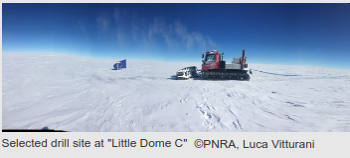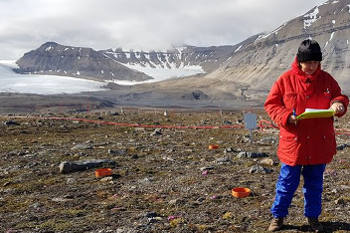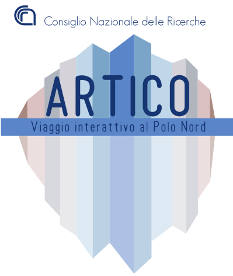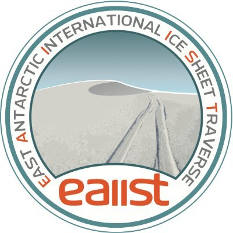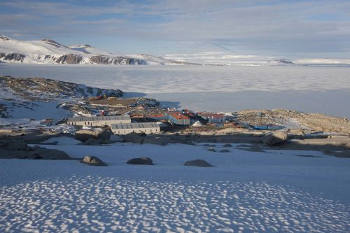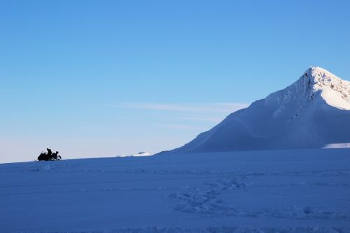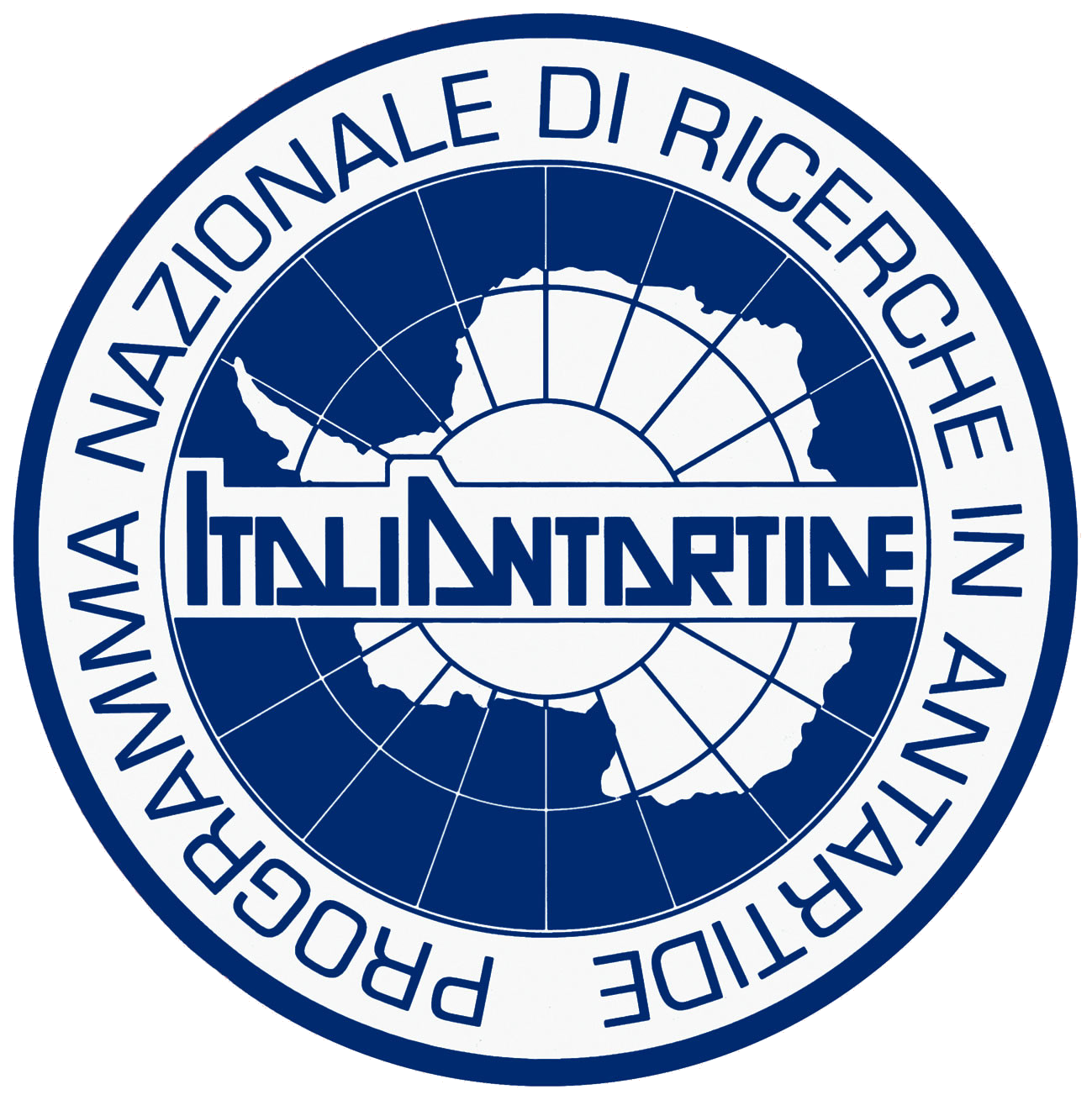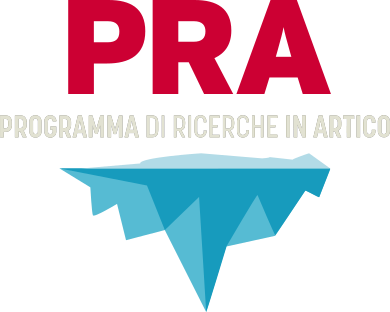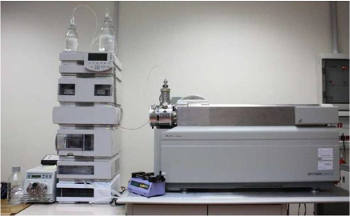
High Performance Liquid Chromatograph Agilent 1100 Series HPLC Systems
Brief description
The HPLC-MS/MS system allows to quantitatively determine polar organic compounds in several environmental and vegetable matrices and biota samples. It is commonly used to investigate specific markers of sources or environmental processes in samples collected in polar regions. It is used to determine levoglucosan, key tracer of biomass burning, in ice core samples to provide historical profiles of fire regimes in paleoclimatic studies. Several water soluble organic compounds (free and combined amino acids, phenolic compounds) are determined using HPLC-MS/MS in aerosol samples to define chemical composition of atmosphere in urban and polar samples. Polar pesticide or toxins are commonly determined with HPLC-MS/MS in fresh water, sea water, biota or vegetable samples.
Instrument
High Performance Liquid Chromatograph Agilent 1100 Series HPLC Systems (Waldbronn, Germany) with a binary pump, vacuum degasser, autosampler and thermostated column compartment coupled with an API 4000 Triple Quadrupole Mass Spectrometer (Applied Biosystem/MSD SCIEX, Concord, Ontario, Canada) using a TurboV source.
Contact person: Dr. Roberta Zangrando - roberta.zangrando AT cnr.it - CNR-ISP Venice Headquarters
Matrix and type of measurement
Analysis of discrete samples of several matrices: ice, snow, atmospheric aerosol, lacustrine water, fresh water, sea water, sediment, vegetable and biota samples. Analysis of polar organic compounds such as for example anhydrosugars, amino acids, phenolic compounds, organic acids.
Agilent 1100 series HPLC system coupled with API 4000, High Performance Liquid Chromatograph coupled with tandem mass spectrometer (HPLC-MS/MS). (IMAGE)
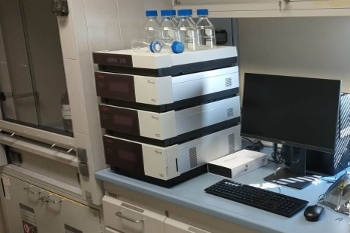
Liquid chromatograph UHPLC mod. Dionex Ultimate 3000 Dual Pump RS
Brief description
This instrument is the key system to perform semicontinuous analysis of organic compounds in ice core samples.
Instrument
Liquid chromatograph UHPLC mod. Dionex Ultimate 3000 Dual Pump RS (Thermo ScientificTM) with vacuum degasser, column thermostat.
Contact person: Dr. Elena Barbaro - elena.barbaro AT cnr.it - CNR-ISP Venice Headquarters
Matrix and type of measurement
Semicontinuos analysis of ice cores. This system is coupled with continuous flow analysis (CFA).
Dionex Ultimate 3000 Dual Pump RS Thermo Scientific, Liquid chromatograph UHPLC Dual Pump (IMAGE)
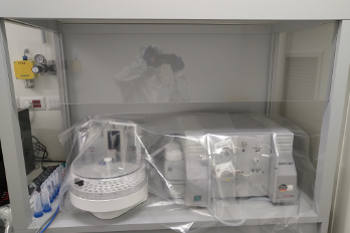
Mercur Plus - Analytik Jena AG, cold vapor atomic fluorescence spectroscopy (CV-AFS).
Brief description
Cold vapor atomic fluorescence spectroscopy (CV-AFS) is an analytical technique used for the quantification of mercury at trace/ultra-trace levels. This technique is mainly used on “clean” aqueous matrices (eg ice, snow, and water) from remote and uncontaminated areas.
The sensitivity of the instrument is fully harnessed by using official methods such as USEPA1631 version E or UNI-EN 15853: 2010. The Hg present in the matrix is oxidized to Hg2+ with BrCl solution and then reduced to elemental mercury(Hg0) con SnCl2. The Hg0 is stripped from the aqueous matrix using an inert carrier gas (argon) and successively transported to gold traps for the pre-concentration by amalgam formation. Following thermal desorption at T between 450-500 °C, the Hg0 is desorbed from the gold traps and is transported into a quartz cell.
Light from a mercury vapor lamp passes through the quartz cell that contains the sample mercury in a flow of argon carrier gas and excites all the mercury atoms which then emit a characteristic fluorescence radiation at 253.7 nm. The amount of light emitted by the mercury atoms in the sample is proportional to the amount of mercury passing through the quartz cell. The CV-AFS of the CNR-ISP is located inside a dedicated clean room.
Instrument
Mercur Plus - Analytik Jena AG, cold vapor atomic fluorescence spectroscopy (CV-AFS).
Contact person: Dr. Massimiliano Vardè - massimiliano.varde AT cnr.it - CNR-ISP Venice Headquarters
Matrix and type of measurement
Aqueous matrices: atmospheric deposition, snow, ice, drinking water, mineral water, natural water, seawater. Mercury, as total mercury, or as dissolved, filtered and unfiltered after sample pre-treatment.
Mercur Plus - Analytik Jena AG, cold vapor atomic fluorescence spectroscopy (CV-AFS). (IMAGE)
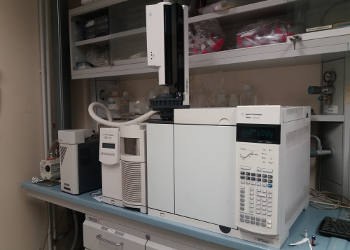
Gas chromatograph coupled with mass spectrometer (GC-MS)
Brief description
The GC-MS system allows the quantification of volatile apolar compounds in environmental matrices. In the environmental field GC-MS finds main application in the determination of persistent organic pollutants (POPs) such as PCBs, PBDEs, PAHs, pesticides, in environmental matrices both in urban and remote areas such as polar areas. As well as it used in the determination of personal care products such as fragrances that have been observed not only in urban areas but also in Antarctica.
In the ISP-CNR there are 3 GC-MS systems. Among these, the system equipped with a cryogenic trap allows the preconcentration of volatile compounds (allowing the quantification of volatile compounds difficult to analyze in GC even at very low levels). There is also a GC-MS system equipped with a pyrolyser that allows the analysis of non-volatile materials such as plastic materials.
Instrument
• GC-MS 7890A-5975C (Agilent) /
• GC-MS GC7890A+MS5975C (Agilent) with cryogenic trap (MARKES Int)
• GC-MS GC6890+MS5973 (Agilent) with Pyrolysis system Pyroprobe 5000 Series
Contact person: Dr. Elena Argiriadis - elena.argiriadis AT cnr.it - CNR-ISP Venice Headquarters
Matrix and type of measurement
Analysis of discrete samples of several matrices: ice, snow, atmospheric aerosol, lacustrine water, fresh water, sea water, sediment, vegetable and biota samples. Compounds analyzed: Apolar volatile compounds such as PCBs, PBDEs, PAHs, pesticids, fragrances, sterols.
GC-MS 7890A-5975C Agilent (IMAGE)
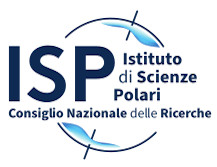






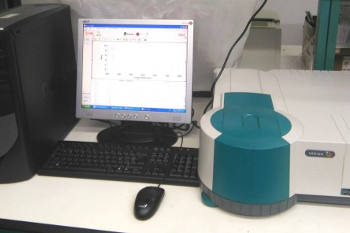 Brief description
Brief description 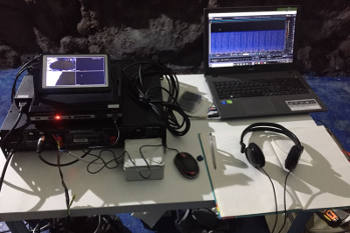 Short description
Short description
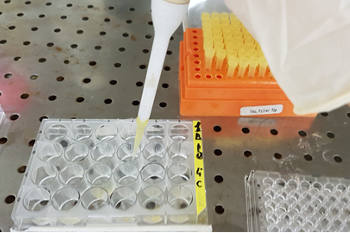 Short description
Short description 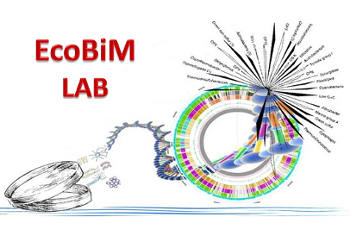 Brief description
Brief description 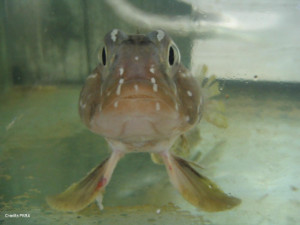
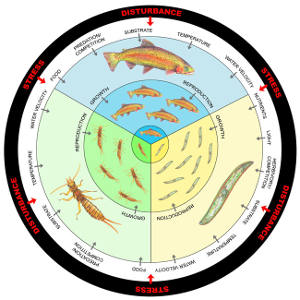
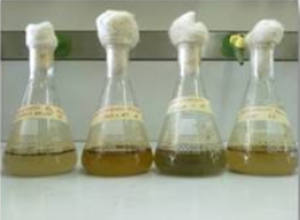 Deeper understanding of biological processes and recent advances in biotechnology allow us to use the natural world to progress in various industries, such as in the development of drugs and food additives. In general, the term bioprospecting is used to indicate the exploration of living beings and biological materials for biomolecules that may be useful to humans. In this field, poorly known or poorly described genetic resources have a great potential for the discovery of new and valuable natural products. Therefore, polar organisms, given their unusual metabolic abilities and physiological adaptations to extreme environmental conditions, are well suited for this purpose. Furthermore, the possible future potential of polar organisms in of the bioremediation of pollutants, even persistent ones, at low temperatures should not be overlooked.
Deeper understanding of biological processes and recent advances in biotechnology allow us to use the natural world to progress in various industries, such as in the development of drugs and food additives. In general, the term bioprospecting is used to indicate the exploration of living beings and biological materials for biomolecules that may be useful to humans. In this field, poorly known or poorly described genetic resources have a great potential for the discovery of new and valuable natural products. Therefore, polar organisms, given their unusual metabolic abilities and physiological adaptations to extreme environmental conditions, are well suited for this purpose. Furthermore, the possible future potential of polar organisms in of the bioremediation of pollutants, even persistent ones, at low temperatures should not be overlooked.
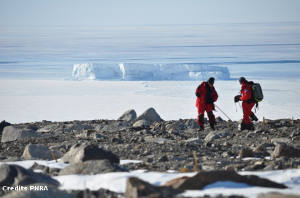
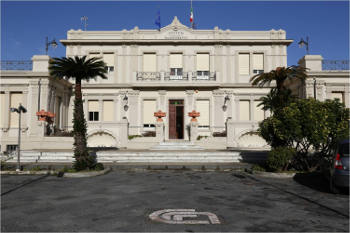
 A special issue of
A special issue of 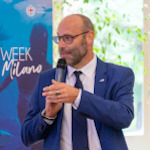
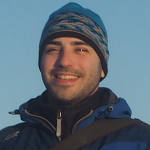




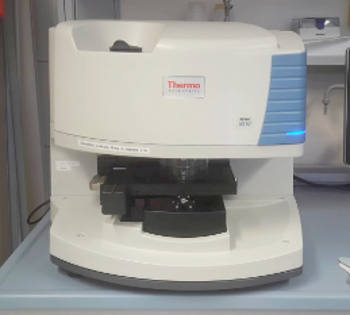
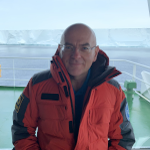
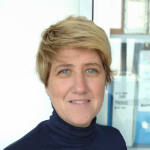
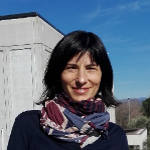
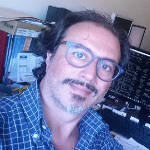


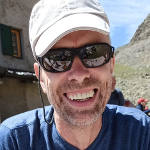

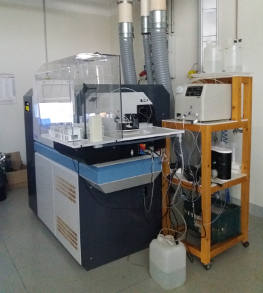
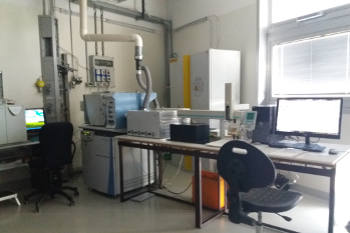
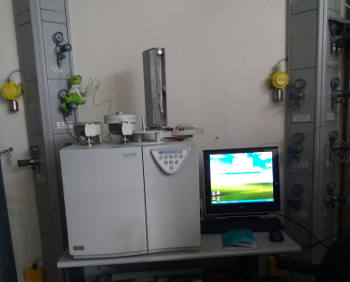
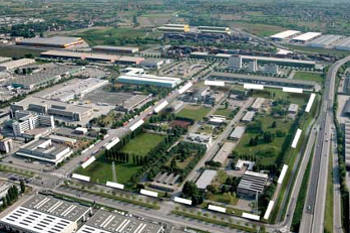
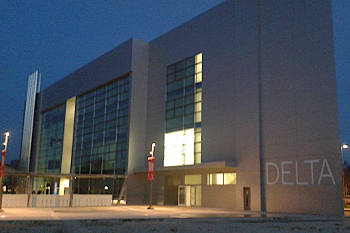
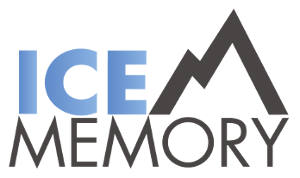
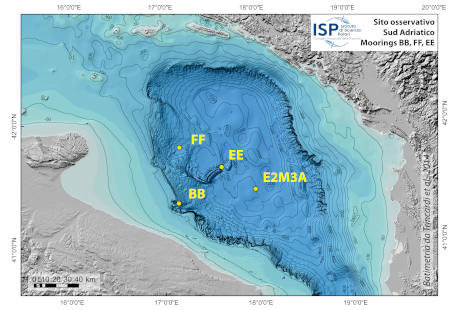
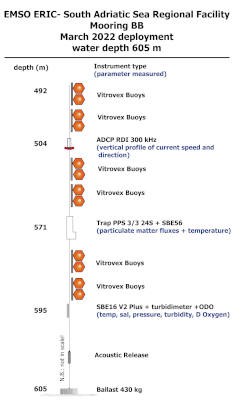
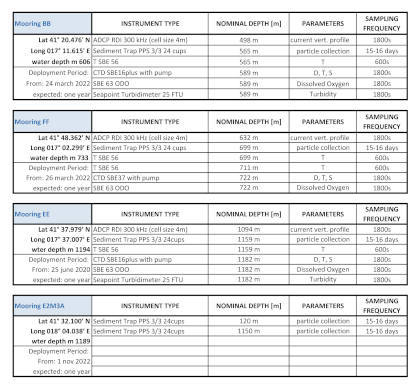
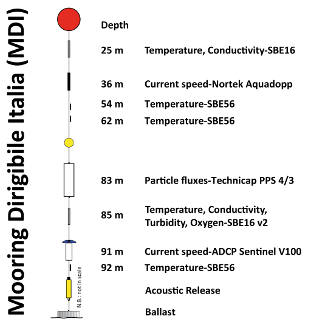
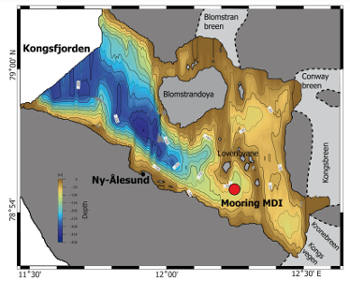
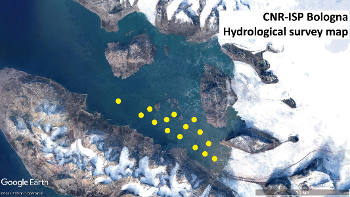

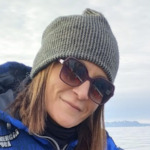

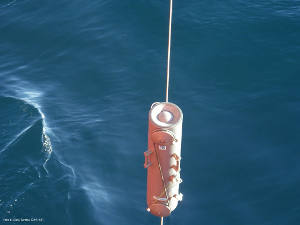
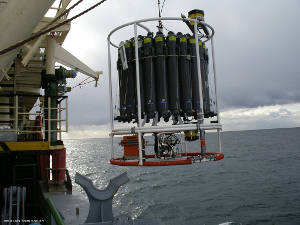
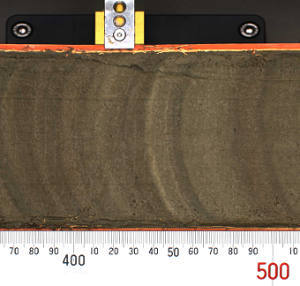
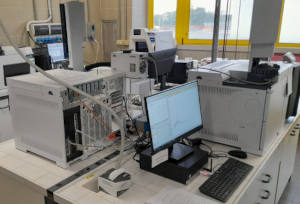


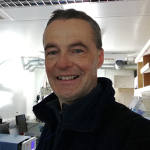

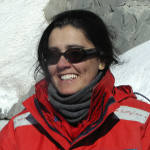
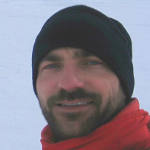
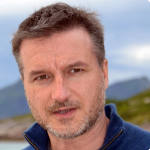
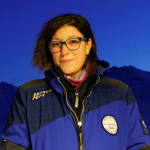
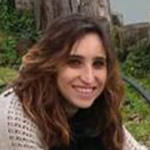

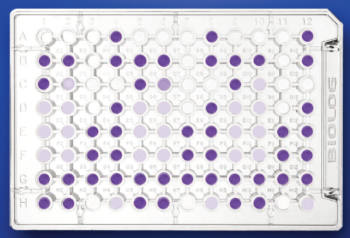
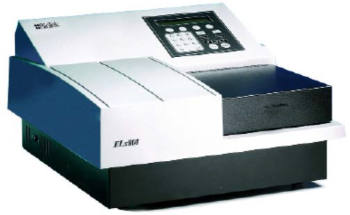 The BioChem Lab is equipped with the following analytical tools:
The BioChem Lab is equipped with the following analytical tools: 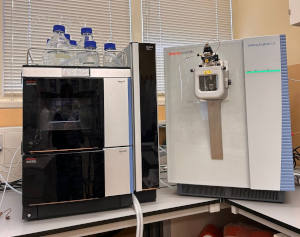
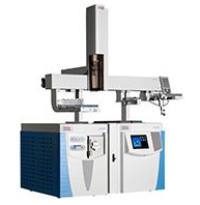 Rotavapor R 100 (Buchi), equipped with an electronic interface to control the vacuum system and the recirculating chiller.
Rotavapor R 100 (Buchi), equipped with an electronic interface to control the vacuum system and the recirculating chiller. 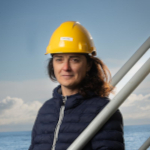 Institute of Polar Science (CNR-ISP)
Institute of Polar Science (CNR-ISP) 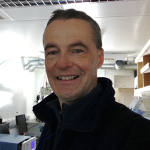

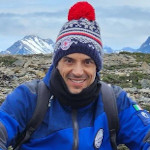
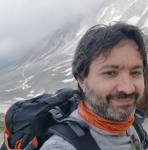
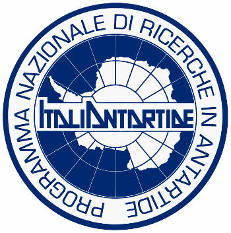 Since its first expeditions in 1968, 1973 and 1978, the CNR has strongly supported the diplomatic action of the MAECI (Ministry of Foreign Affairs and International Cooperation) which led to the accession of Italy to the Antarctic Treaty. The CNR initially contributed to identifying the construction site of the Italian station Mario Zucchelli and is currently coordinating the different lines of scientific activity of the National Research Program in Antarctica (PNRA). The implementation of research in Antarctica is carried out by the national scientific community, of which 51% are university research groups, 23% CNR research groups, 9% from INGV, 5% from ENEA, 4 % from OGS and INAF and the remaining 4 % is carried out by other institutions. The scientific priorities identified within the framework of the National Research Program in Antarctica, are mostly multidisciplinary, and can be traced around the following topics: dynamics of the atmosphere and climate processes, dynamics of the polar ice cap, solid earth dynamics, polar ocean dynamics, Sun-Earth relationships and space-weather, the universe above Antarctica, evolution, adaptation and biodiversity, humankind in extreme environments, environmental contamination, paleoclimate, environmental issues and risks, as well as technology: innovation and experimentation. In many of these research areas, the CNR’s activity, thanks to its research network, is at an excellent level, although it is still fragmented into numerous institutes belonging to various departments.
Since its first expeditions in 1968, 1973 and 1978, the CNR has strongly supported the diplomatic action of the MAECI (Ministry of Foreign Affairs and International Cooperation) which led to the accession of Italy to the Antarctic Treaty. The CNR initially contributed to identifying the construction site of the Italian station Mario Zucchelli and is currently coordinating the different lines of scientific activity of the National Research Program in Antarctica (PNRA). The implementation of research in Antarctica is carried out by the national scientific community, of which 51% are university research groups, 23% CNR research groups, 9% from INGV, 5% from ENEA, 4 % from OGS and INAF and the remaining 4 % is carried out by other institutions. The scientific priorities identified within the framework of the National Research Program in Antarctica, are mostly multidisciplinary, and can be traced around the following topics: dynamics of the atmosphere and climate processes, dynamics of the polar ice cap, solid earth dynamics, polar ocean dynamics, Sun-Earth relationships and space-weather, the universe above Antarctica, evolution, adaptation and biodiversity, humankind in extreme environments, environmental contamination, paleoclimate, environmental issues and risks, as well as technology: innovation and experimentation. In many of these research areas, the CNR’s activity, thanks to its research network, is at an excellent level, although it is still fragmented into numerous institutes belonging to various departments. 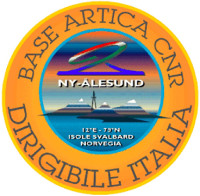 The Italian presence in the Arctic became permanent in the mid-nineties, thanks to the opening of the CNR station in the Svalbard Islands. In recent years, the interests of the Italian scientific community have been extended to other remote areas such as Greenland, areas of the Arctic Ocean, the Tibetan plateau and the Himalayas. In addition to the CNR, OGS, ENEA, INGV, INAF, ASI and some universities carry out research activities in these areas. In addition, Italy has strong economic interests in the Arctic with numerous industries that are active in this area, including ENI, Finmeccanica, Telespazio, E-geos, and Fincantieri. Since 1997 the has CNR carried out research in Ny-Ålesund in cooperation with national and international universities and other scientific institutions. The topics include climate, manmade pollution, instability of the ozone layer, the physical properties of aerosols and clouds in their role in radiation balances, ecology, genetics, physiology, biochemistry and the molecular and cellular biology of polar organisms, the optical properties of glacial surfaces, geochemistry, environment and permafrost, oceanography aimed at studying the transfer of energy and matter in relation to glacial coverage and, finally, historical and geographical studies that evaluate the Italian contribution to polar exploration and research. Recently there has been an intensification in the study of legal issues of specific to the Arctic with advice given to the Ministry of Foreign Affairs within the framework of the Arctic round table.
The Italian presence in the Arctic became permanent in the mid-nineties, thanks to the opening of the CNR station in the Svalbard Islands. In recent years, the interests of the Italian scientific community have been extended to other remote areas such as Greenland, areas of the Arctic Ocean, the Tibetan plateau and the Himalayas. In addition to the CNR, OGS, ENEA, INGV, INAF, ASI and some universities carry out research activities in these areas. In addition, Italy has strong economic interests in the Arctic with numerous industries that are active in this area, including ENI, Finmeccanica, Telespazio, E-geos, and Fincantieri. Since 1997 the has CNR carried out research in Ny-Ålesund in cooperation with national and international universities and other scientific institutions. The topics include climate, manmade pollution, instability of the ozone layer, the physical properties of aerosols and clouds in their role in radiation balances, ecology, genetics, physiology, biochemistry and the molecular and cellular biology of polar organisms, the optical properties of glacial surfaces, geochemistry, environment and permafrost, oceanography aimed at studying the transfer of energy and matter in relation to glacial coverage and, finally, historical and geographical studies that evaluate the Italian contribution to polar exploration and research. Recently there has been an intensification in the study of legal issues of specific to the Arctic with advice given to the Ministry of Foreign Affairs within the framework of the Arctic round table. 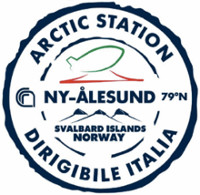 Contrary to the National Antarctic Research Programme, research in the Arctic has not received structured funding until very recently. However, within the CNR, the Department of Earth Sciences and Technologies for the Environment (
Contrary to the National Antarctic Research Programme, research in the Arctic has not received structured funding until very recently. However, within the CNR, the Department of Earth Sciences and Technologies for the Environment (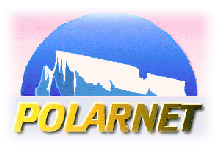 On December 6th, 2006, the CNR, with the
On December 6th, 2006, the CNR, with the 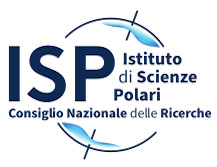 Italian researchers involved in research in polar areas and other remote areas of the planet are involved in highly interdisciplinary research in life sciences, Earth and climate sciences, marine sciences, atmospheric and space sciences, in addition to technological innovation. But national research in polar areas has often been very fragmented and scarcely visible in an international context, because, although carried out within highly qualified research groups, they have so far only been individually recognizable and not associated with a national structure.
Italian researchers involved in research in polar areas and other remote areas of the planet are involved in highly interdisciplinary research in life sciences, Earth and climate sciences, marine sciences, atmospheric and space sciences, in addition to technological innovation. But national research in polar areas has often been very fragmented and scarcely visible in an international context, because, although carried out within highly qualified research groups, they have so far only been individually recognizable and not associated with a national structure. 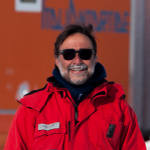
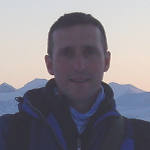
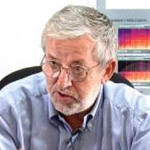
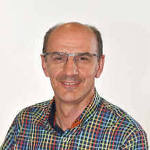
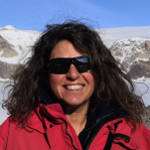
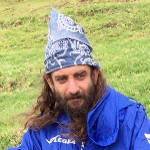
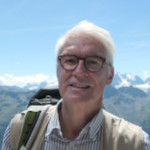
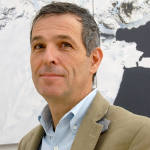
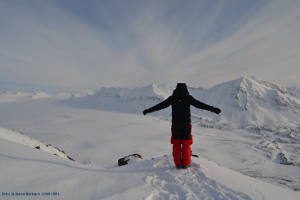
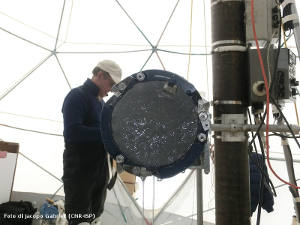
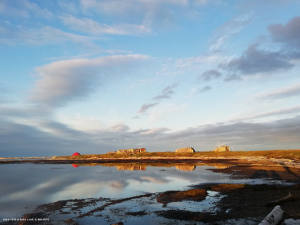
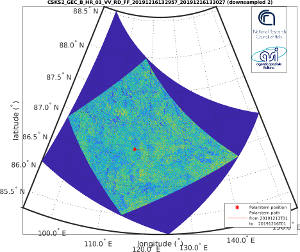
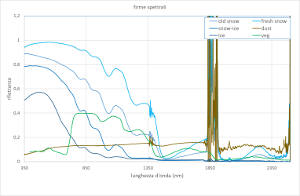


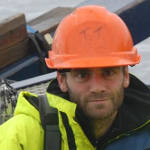
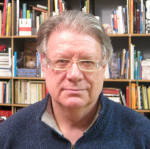
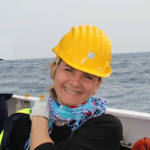
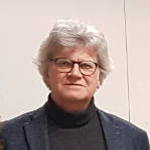
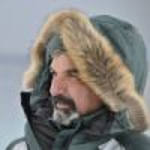
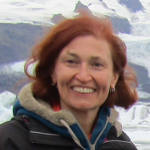
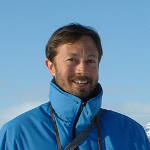
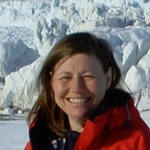

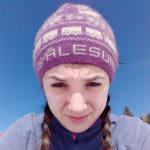
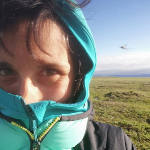
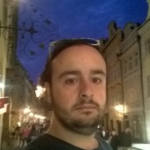
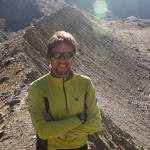
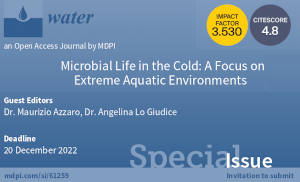 A special issue of Water (ISSN 2073-4441)
A special issue of Water (ISSN 2073-4441)
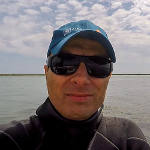

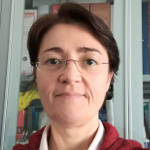

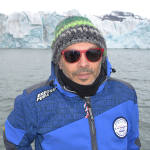
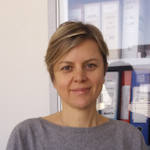
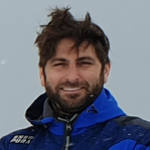
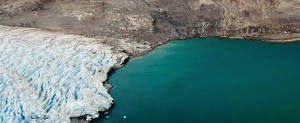


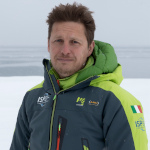


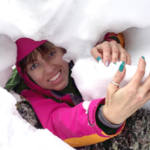
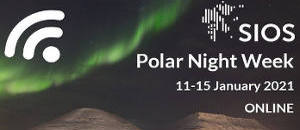 The third #PolarNightWeek for and with the #SIOS community will be held online, 11-15 January 2021.
The third #PolarNightWeek for and with the #SIOS community will be held online, 11-15 January 2021.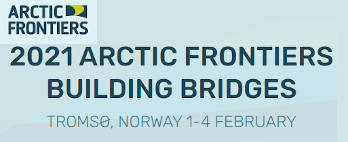 Arctic Frontiers Science 2021
Arctic Frontiers Science 2021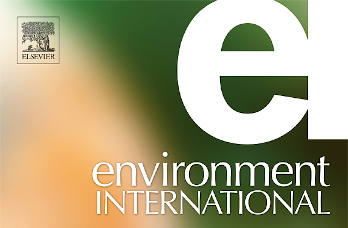 Pubblicato sul sito web della rivista internazionale Environment International lo
Pubblicato sul sito web della rivista internazionale Environment International lo  A special issue of
A special issue of 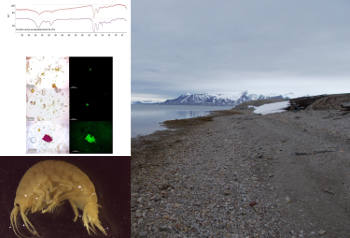
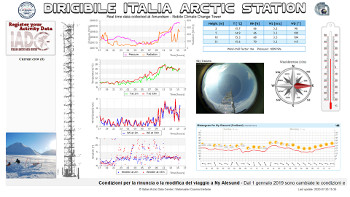
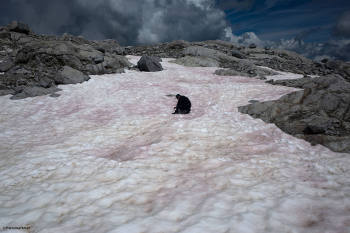
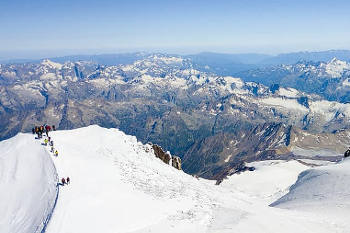
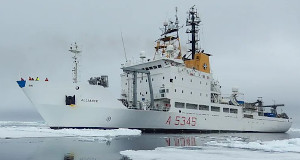
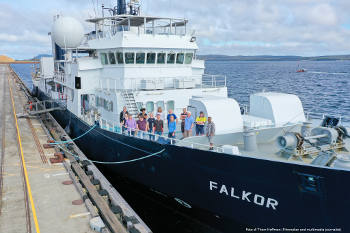
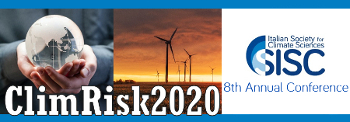
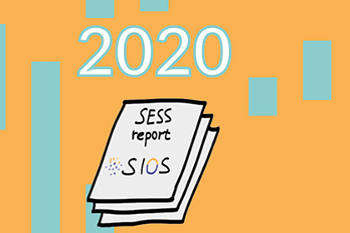 The call for contributions to the 2nd SESS report is open
The call for contributions to the 2nd SESS report is open 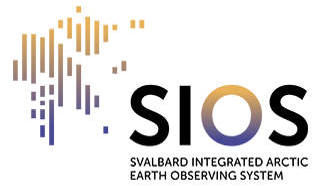 This autumn, SIOS will offer a training course on how to effectively use remote sensing data acquired from satellites, from the air or from the ground, and their associated tools and software in the context of terrestrial research in Svalbard. The course is intended for field scientists, Ph.D. students and technicians with no or little experience with remote sensing techniques. The training will be delivered by remote sensing experts from SIOS member institutions, international teachers and potential virtual talks from ESA experts.
This autumn, SIOS will offer a training course on how to effectively use remote sensing data acquired from satellites, from the air or from the ground, and their associated tools and software in the context of terrestrial research in Svalbard. The course is intended for field scientists, Ph.D. students and technicians with no or little experience with remote sensing techniques. The training will be delivered by remote sensing experts from SIOS member institutions, international teachers and potential virtual talks from ESA experts.  The PhD programme in
The PhD programme in 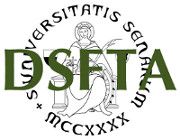 Il Dottorato ha sede presso le strutture del Dipartimento di Scienze Fisiche, della Terra e dell’Ambiente dell’Università degli Studi di Siena.
Il Dottorato ha sede presso le strutture del Dipartimento di Scienze Fisiche, della Terra e dell’Ambiente dell’Università degli Studi di Siena. 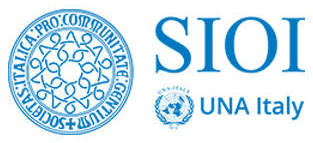 La Società Italiana per l'Organizzazione Internazionale (
La Società Italiana per l'Organizzazione Internazionale ( L'Ecosistema lagunare con Luigi Cavaleri, oceanografo all’ISMAR-CNR, Fabiana Corami, biologa, Istituto di Scienze Polari del CNR (CNR-ISP); e Beatrice Rosso, ricercatrice, Dipartimento di Scienze Ambientali, Informatica e Statistica dell’Università Ca’ Foscari.
L'Ecosistema lagunare con Luigi Cavaleri, oceanografo all’ISMAR-CNR, Fabiana Corami, biologa, Istituto di Scienze Polari del CNR (CNR-ISP); e Beatrice Rosso, ricercatrice, Dipartimento di Scienze Ambientali, Informatica e Statistica dell’Università Ca’ Foscari. 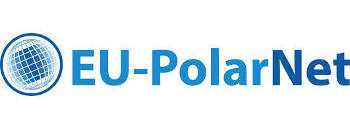 Conferences and workshops
Conferences and workshops 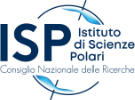 Dove:
Dove: 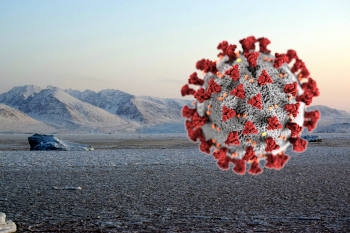
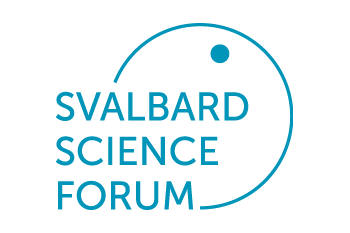 The Svalbard Strategic Grant is a seed money program aimed at advancing coordination, collaboration and data sharing between researchers with a relevance to Svalbard.
The Svalbard Strategic Grant is a seed money program aimed at advancing coordination, collaboration and data sharing between researchers with a relevance to Svalbard.
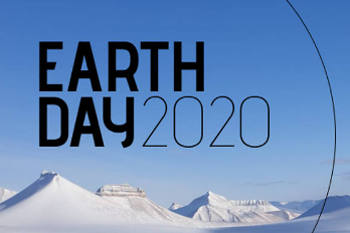 De Agostini Scuola, in collaborazione con il CNR, celebra la giornata internazionale della Terra con un viaggio dal Polo Sud al Polo Nord della Terra, alla scoperta della salute del nostro pianeta.
De Agostini Scuola, in collaborazione con il CNR, celebra la giornata internazionale della Terra con un viaggio dal Polo Sud al Polo Nord della Terra, alla scoperta della salute del nostro pianeta. 
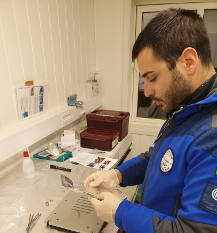
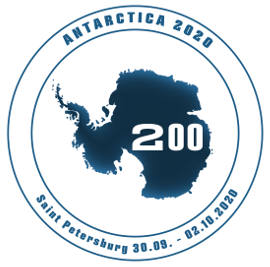

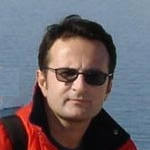
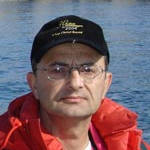
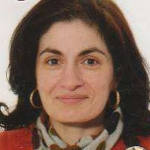

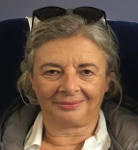
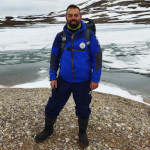
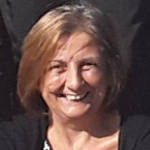
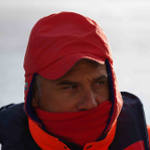

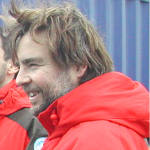
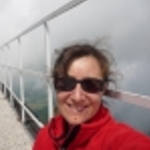
 Università Ca’ Foscari - Venezia
Università Ca’ Foscari - Venezia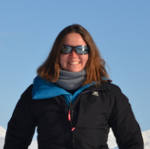
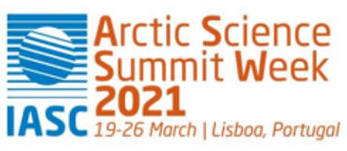 Framed by the overarching theme for the Science Conference The Arctic: Regional Changes, Global Impacts, Lisbon invites International experts on the Arctic and Indigenous Peoples to discuss the “New Arctic” and also its impacts and interactions to and with the lower latitudes.
Framed by the overarching theme for the Science Conference The Arctic: Regional Changes, Global Impacts, Lisbon invites International experts on the Arctic and Indigenous Peoples to discuss the “New Arctic” and also its impacts and interactions to and with the lower latitudes.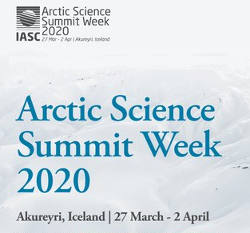

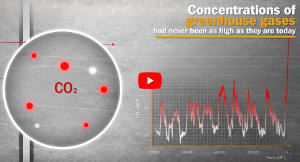
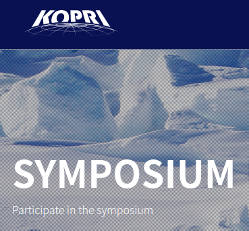 The 26th International Symposium on Polar Sciences
The 26th International Symposium on Polar Sciences 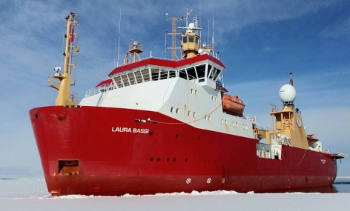
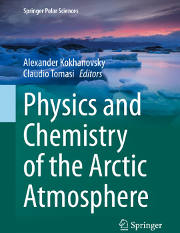
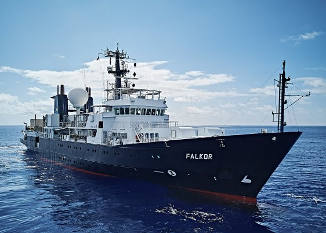
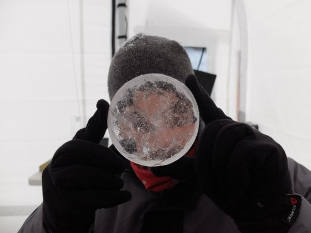
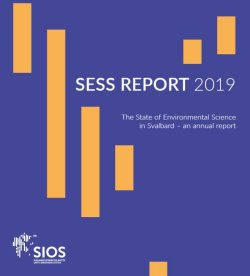
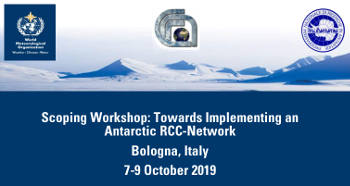 Scoping Workshop: Toward Implementing an Antarctic RCC-Network
Scoping Workshop: Toward Implementing an Antarctic RCC-Network 